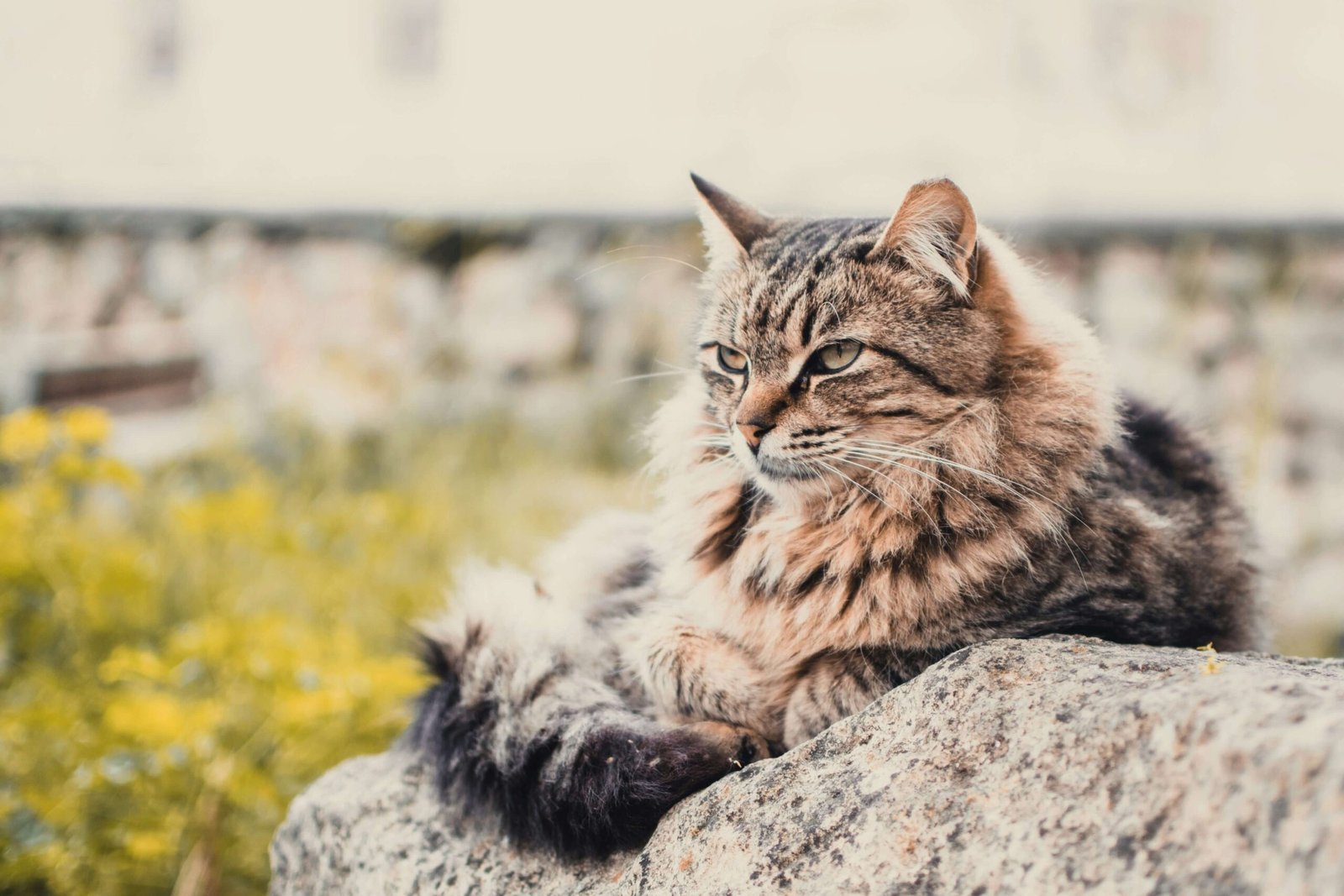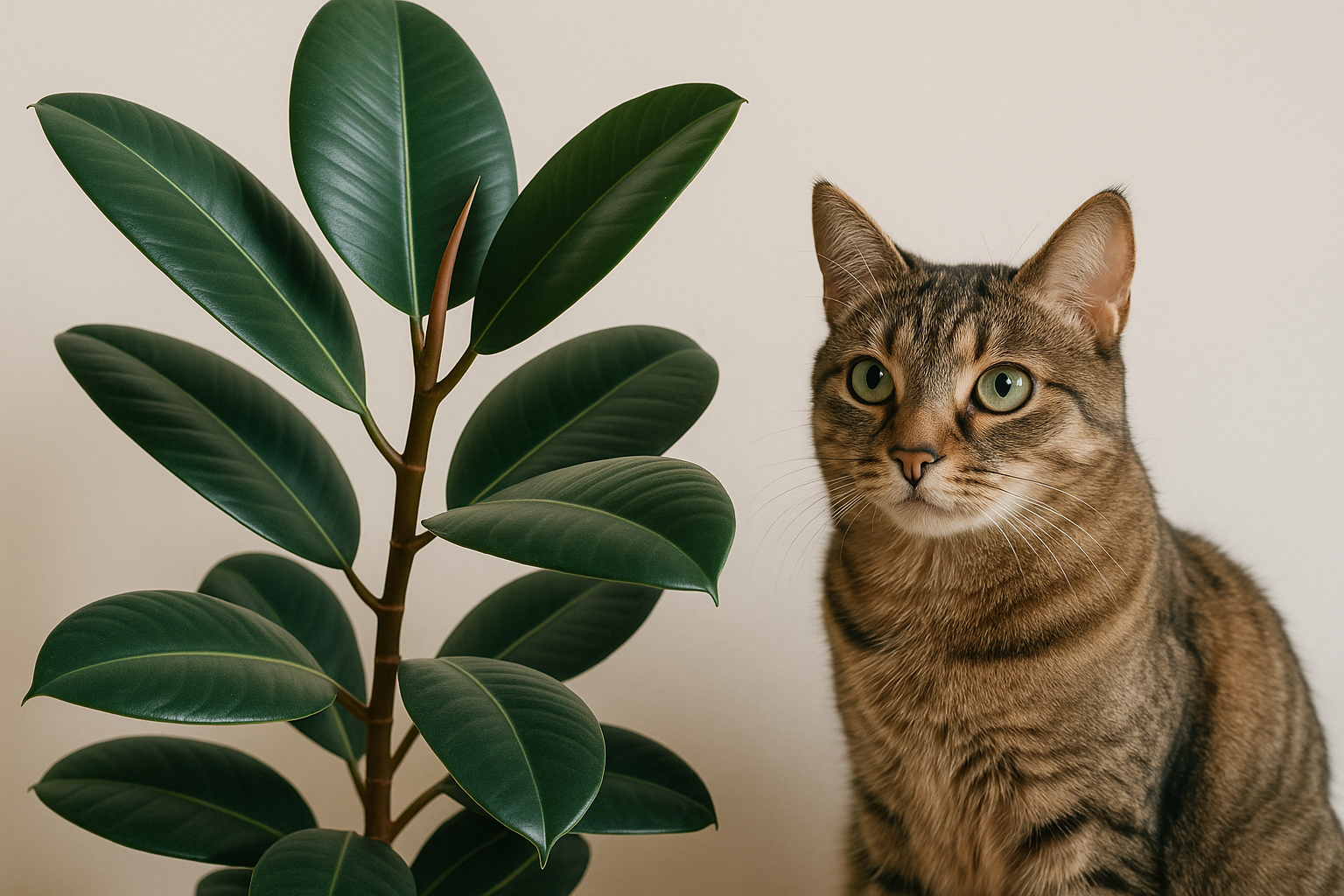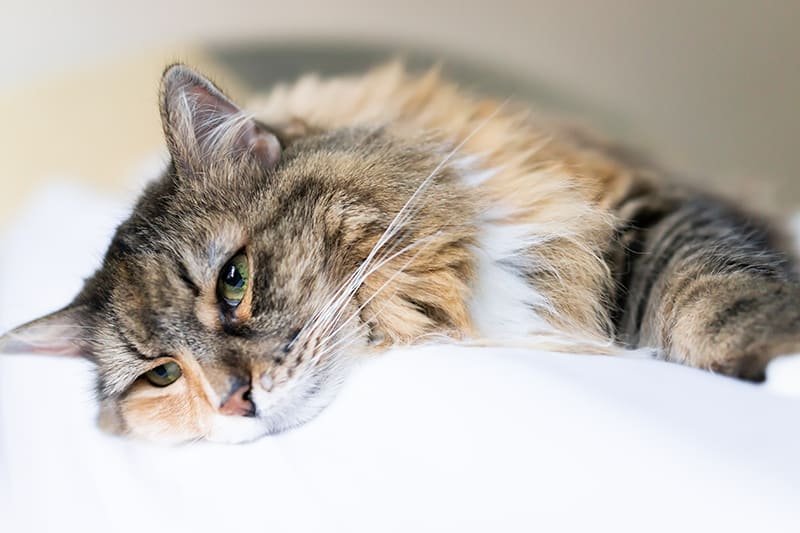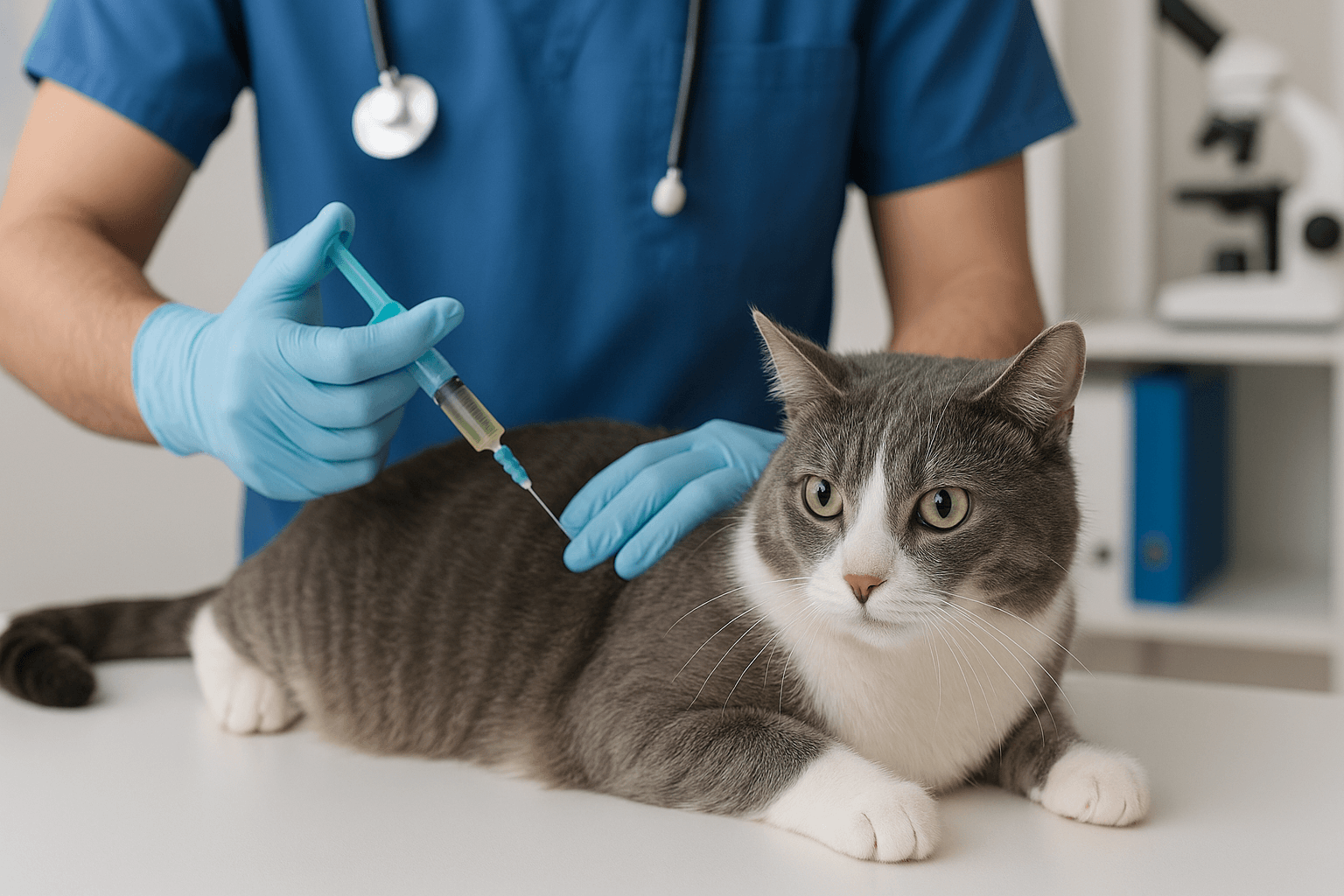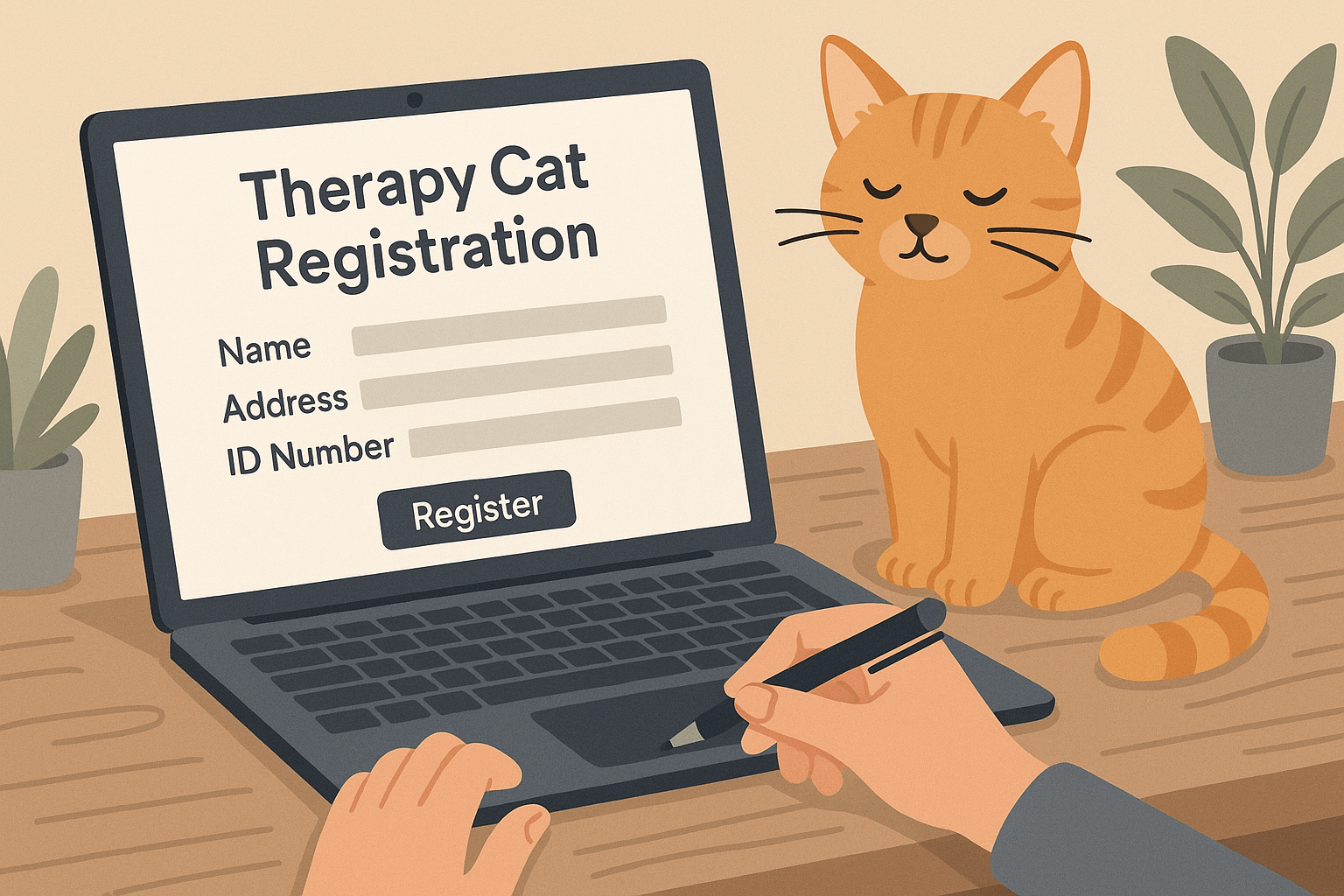What Color Is Cat Pee? A Comprehensive Guide to Understanding Your Cat’s Urine
If you’ve ever wondered, “What color is cat pee?” you’re not alone. While it might seem like a strange topic, understanding the color of your cat’s urine can provide valuable insights into their health and well-being. Cat pee is more than just a nuisance—it’s a window into their hydration levels, diet, and even potential medical issues. Typically ranging from clear to yellow, cat urine can occasionally take on unusual hues that may signal underlying problems. In this blog post, we’ll explore what’s normal, what’s not, and how to interpret the color of your cat’s urine. Whether you’re a curious cat owner or concerned about your feline friend’s health, this guide will help you decode the mystery of cat pee.
Understanding Normal Cat Urine Colors
Cat urine typically falls within a range of colors depending on various factors such as hydration and diet. Here’s what you need to know about normal cat pee colors:
Pale Yellow
Pale yellow urine indicates that your cat is well-hydrated and healthy, with no signs of dehydration or dietary imbalances.Bright Yellow
Bright yellow urine is also normal and often reflects a slightly higher concentration of waste products due to mild dehydration.Amber or Dark Yellow
Amber-colored urine suggests that your cat may be dehydrated and could benefit from increased water intake.Clear or Almost Transparent
Clear urine usually means your cat is drinking plenty of water, which is great but should be monitored to ensure they aren’t overhydrated.Slightly Cloudy
Slightly cloudy urine can be normal in some cases, but persistent cloudiness may indicate the presence of crystals or other substances.
In general, pale to bright yellow urine is considered healthy, while darker shades or unusual clarity may warrant closer observation.
Unusual Cat Urine Colors and What They Mean
Sometimes, cat urine may appear in colors that deviate from the norm, signaling potential health concerns. Here’s a breakdown of unusual cat pee colors and their possible causes:
Orange or Rust-Colored
Orange or rust-colored urine can indicate the presence of blood, which may result from urinary tract infections (UTIs) or bladder stones.Brown or Tea-Colored
Brown urine often points to liver issues or severe dehydration and requires immediate veterinary attention.Pink or Reddish Tint
Pinkish urine may also contain blood, suggesting trauma, infection, or kidney problems.Green or Blue-Green
Greenish hues can occur due to certain medications or toxins, making it crucial to consult a vet if noticed.Foamy or Frothy Appearance
Foamy urine might indicate excess protein excretion, which could be linked to kidney disease or other serious conditions.
Unusual urine colors are often red flags and should never be ignored. Always seek professional advice if you notice anything abnormal.
Check this guide 👉Why Would a Cat Pee on You? Best 7 Expert Tips!
Check this guide 👉Why Is My Cat Peeing on My Clothes? Best 7 Behavior Tips!
Check this guide 👉My Cat Peed on My Bed Right in Front of Me: Best 7 Tips!
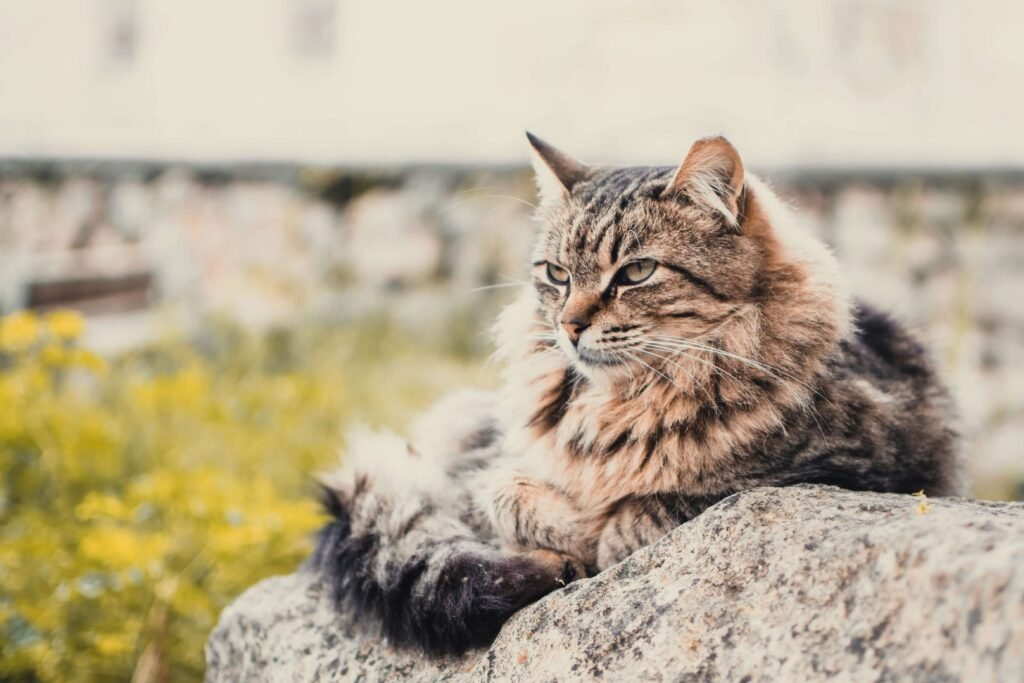
Urine Color | Possible Interpretation |
|---|---|
Pale Yellow | Healthy and well-hydrated |
Bright Yellow | Mildly concentrated; normal |
Amber/Dark Yellow | Possible dehydration; monitor water intake |
Orange/Rust | Presence of blood; potential UTI or injury |
Brown/Tea-Colored | Liver issues or severe dehydration |
Factors That Influence Cat Urine Color
Several factors can influence the color of your cat’s urine, ranging from diet to environmental conditions. Here’s what might affect it:
Hydration Levels
Cats who drink less water tend to produce darker, more concentrated urine.Dietary Choices
Wet food diets often lead to lighter urine, while dry food diets can result in darker shades.Age and Health Status
Older cats or those with chronic illnesses may have consistently darker or discolored urine.Medications or Supplements
Certain medications can alter urine color temporarily, so always check with your vet.Environmental Stressors
Stress or changes in routine can impact a cat’s hydration habits, affecting urine color.
Understanding these factors can help you identify whether a change in urine color is temporary or indicative of a deeper issue.
How to Maintain Healthy Cat Urine
Promoting healthy urine color and consistency is essential for your cat’s overall well-being. Here are some tips to keep their urinary system in top shape:
Provide Fresh Water Daily
Ensure your cat has access to clean, fresh water at all times to encourage proper hydration.Offer Wet Food Options
Wet food contains more moisture than dry kibble, helping maintain optimal hydration levels.Monitor Litter Box Habits
Keep an eye on your cat’s urination frequency and any changes in urine color or odor.Schedule Regular Vet Checkups
Routine vet visits can help detect early signs of urinary issues before they become severe.Create a Stress-Free Environment
Minimize stress by providing a safe, comfortable space where your cat feels secure.
By following these practices, you can support your cat’s urinary health and catch potential problems early.
Common Causes of Changes in Cat Urine Color
Changes in cat urine color can occur for a variety of reasons, ranging from dietary adjustments to underlying health conditions. Here’s a closer look at some common causes:
Dehydration
Insufficient water intake can lead to darker, more concentrated urine, signaling the need for increased hydration.Urinary Tract Infections (UTIs)
UTIs often cause discolored urine, such as orange or pink hues, due to the presence of blood or inflammation.Bladder Stones or Crystals
The formation of stones or crystals in the bladder can result in abnormal urine colors and may require veterinary intervention.Dietary Supplements
Certain supplements or vitamins can temporarily alter urine color, so always check labels or consult your vet.Toxin Exposure
Accidental ingestion of toxins or harmful substances can lead to unusual urine colors like green or brown.
Understanding these causes can help you identify potential issues early and take appropriate action to protect your cat’s health.
Tips for Encouraging Proper Hydration
Hydration plays a crucial role in maintaining healthy cat urine color and consistency. Here are some practical tips to encourage your cat to drink more water:
Place Water Bowls Strategically
Position multiple water bowls around your home to make it convenient for your cat to access fresh water.Use a Cat Fountain
Many cats prefer running water, so investing in a cat fountain can entice them to drink more.Flavor Their Water
Add a splash of low-sodium chicken broth or tuna juice to their water to make it more appealing.Switch to Wet Food
Wet food contains up to 80% moisture, making it an excellent way to boost your cat’s fluid intake.Clean Bowls Regularly
Cats are sensitive to cleanliness, so wash their water bowls daily to prevent odors that might deter them.
By implementing these strategies, you can help ensure your cat stays hydrated and maintains healthy urine color.
Signs Your Cat May Have a Urinary Issue
Beyond urine color, there are other signs that may indicate your cat is experiencing urinary problems. Here’s what to watch for:
Frequent Litter Box Visits
If your cat is urinating more often than usual, it could signal a urinary tract issue or infection.Straining to Urinate
Cats who strain or vocalize while using the litter box may be experiencing blockages or discomfort.Licking Genital Area Excessively
Excessive licking can indicate irritation or pain in the urinary tract.Strong or Unusual Odor
A sudden change in the smell of your cat’s urine may point to infection or other health concerns.Accidents Outside the Litter Box
Sudden accidents may suggest stress, illness, or difficulty reaching the litter box in time.
Recognizing these signs early allows you to address potential urinary issues promptly, ensuring your cat remains comfortable and healthy.
Frequently Asked Questions About Cat Urine
What does normal cat urine look like?
Normal cat urine ranges from pale yellow to amber, depending on hydration levels.
Why is my cat’s urine orange?
Orange urine may indicate the presence of blood, often caused by UTIs or bladder issues.
Should I worry if my cat’s urine is dark yellow?
Dark yellow urine can signal dehydration. Encourage your cat to drink more water and monitor closely.
Can diet affect my cat’s urine color?
Yes, wet food typically leads to lighter urine, while dry food can make it darker.
When should I see a vet about my cat’s urine color?
Consult a vet if you notice persistent discoloration, blood, or unusual odors in your cat’s urine.
Staying Vigilant About Your Cat’s Urinary Health
Understanding what color cat pee should be—and recognizing when it’s abnormal—is key to ensuring your feline friend stays healthy and happy. From monitoring hydration levels to observing changes in urine color, being proactive can help prevent serious health issues down the line. Remember, your cat relies on you to notice subtle signs of trouble, and their urine is one of the most telling indicators of their overall well-being. By staying informed and attentive, you can provide the best care possible for your beloved pet. So, keep an eye on the litter box, stay curious, and don’t hesitate to reach out to your vet if something seems off. After all, a healthy cat means a happy home!
Is the Rubber Tree Cat Safe? Best 7 Expert Tips! Discover expert advice on keeping rubber plants safely in cat-friendly homes and learn top tips for pet-safe plant care.
Low Red Blood Cell Count in Cats: Best 7 Expert Tips! Discover causes, symptoms, and treatment options for feline anemia. Learn how to support your cat’s health effectively with expert advice.
Understanding Megacolon Treatment: Best 7 Expert Tips! Discover effective strategies to manage feline megacolon, from dietary changes to surgical options, ensuring your cat’s comfort and long-term health.
How to Register a Therapy Cat: Best 7 Expert Tips! Discover essential steps to certify your cat as a therapy animal, prepare them for training, and make a meaningful impact in therapeutic settings.

